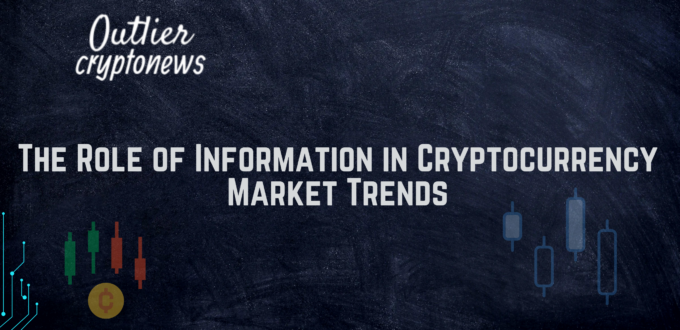The cryptocurrency market, known for its volatility and rapid growth, is deeply influenced by the flow of information. Whether it’s news about a new technological advancement or a shift in government policy, the demand for information can significantly drive market activity. Understanding how this demand impacts prices and trading behavior is essential for both new and experienced investors.
In the world of traditional finance, information has always played a pivotal role in shaping market trends. However, the cryptocurrency market operates at a faster pace, with information spreading across social media platforms and news outlets in real time. A single tweet from a high-profile figure like Elon Musk, for instance, can send Bitcoin’s price soaring or plummeting within minutes. This phenomenon highlights the power of information in influencing market dynamics, especially in a space still in its formative years.
The demand for information is not just about understanding market trends; it’s about predicting them. Investors constantly seek knowledge that can give them an edge – be it through news, analytics, or rumors. Platforms like Twitter, Reddit, and Telegram have become primary sources for real-time updates and insider tips. These platforms are not only spaces for discussion but also breeding grounds for speculation, which often leads to sharp price movements.
For example, when the U.S. government announces new regulations on cryptocurrency, the market reacts swiftly, with traders adjusting their portfolios to respond to the perceived risks or opportunities. Similarly, the launch of a new blockchain project or a partnership between established companies can ignite excitement, leading to increased buying activity. The quicker an investor can access and interpret this information, the better positioned they are to profit from market fluctuations.
However, the demand for information can also have negative consequences. The rapid spread of misinformation or rumors can create artificial price bubbles or cause panic selling. A well-known example of this was the “pump and dump” schemes that plagued the market in its early days, where manipulated information was used to drive up the price of obscure coins, only for unsuspecting investors to face steep losses when the truth emerged.
In the current climate, staying informed is crucial – but so is being cautious about where that information comes from. Investors must balance the desire for quick insights with the need for verified, reliable data to avoid the pitfalls of misinformation.
The ever-growing demand for information will continue to shape the cryptocurrency market unpredictably. As the market matures, the role of information will become even more important, with advanced algorithms and artificial intelligence making it easier to process vast amounts of data.
In conclusion, the link between information demand and cryptocurrency market activity is undeniable. As an investor, staying ahead of the curve by seeking credible sources of information is key to navigating the complexities of this volatile market. What do you think will be the next big shift in how information drives cryptocurrency prices? Let us know your thoughts!

